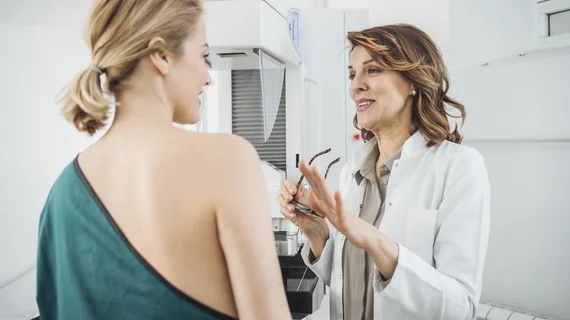New report anticipates global rise in x-ray mammography imaging
The utilization of x-ray mammography systems to detect breast cancer is expected to rise in highly populated countries throughout the world in the years ahead, according to a new report from Frost & Sullivan.
China, Hungary and Poland are three of those countries where the firm’s analysts predict this shift will occur.
“Although analog and computed radiography (CR) mammography will continue to generate revenues from developing economies over the next three to five years, their increasing obsolescence will present considerable opportunities for 2D digital radiography (DR) systems,” Poornima Srinivasan, an industry analyst in transformational health with Frost & Sullivan, said in a prepared statement.
“Studies show that digital breast tomosynthesis (DBT) is a game-changing technology for screening programs due to its ability to detect tumors in women with dense breast tissue. Similarly, 2D DR mammography with 3D DBT enhancement and synthesized 2D imaging also offer high price-performance value.”
The report—called "Global X-ray Mammography Imaging Systems Market, Forecast to 2022"—examines global trends in mammography utilization and provides insight for current vendors working in the space.
According to Frost & Sullivan, vendors in this market should consider providing more value by developing software service add-ons. The firm’s analysts also recommend that businesses should emphasize “painless patient comfort systems that standardize compression pressure with minimum radiation dose” and work to introduce new solutions focused on microcalcifications and breast density.

